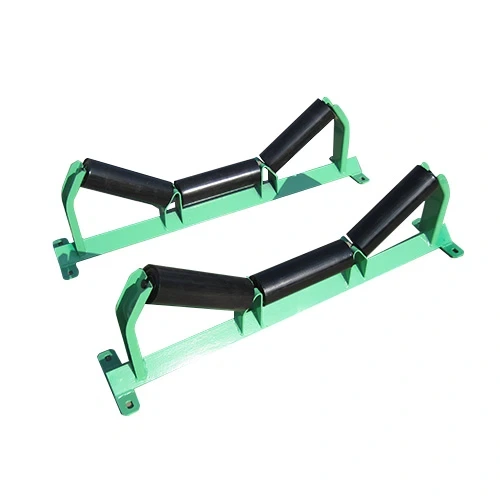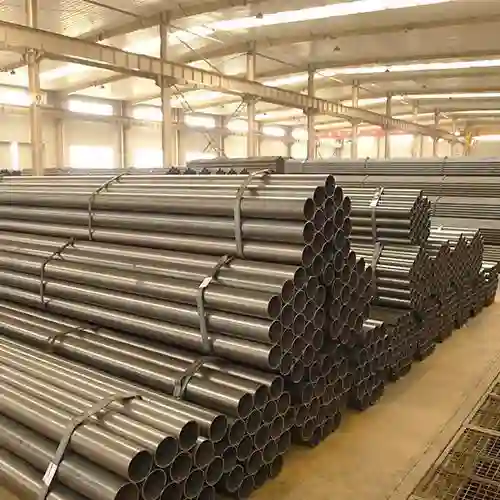- English
- French
- German
- Portuguese
- Spanish
- Russian
- Japanese
- Korean
- Arabic
- Greek
- German
- Turkish
- Italian
- Danish
- Romanian
- Indonesian
- Czech
- Afrikaans
- Swedish
- Polish
- Basque
- Catalan
- Esperanto
- Hindi
- Lao
- Albanian
- Amharic
- Armenian
- Azerbaijani
- Belarusian
- Bengali
- Bosnian
- Bulgarian
- Cebuano
- Chichewa
- Corsican
- Croatian
- Dutch
- Estonian
- Filipino
- Finnish
- Frisian
- Galician
- Georgian
- Gujarati
- Haitian
- Hausa
- Hawaiian
- Hebrew
- Hmong
- Hungarian
- Icelandic
- Igbo
- Javanese
- Kannada
- Kazakh
- Khmer
- Kurdish
- Kyrgyz
- Latin
- Latvian
- Lithuanian
- Luxembou..
- Macedonian
- Malagasy
- Malay
- Malayalam
- Maltese
- Maori
- Marathi
- Mongolian
- Burmese
- Nepali
- Norwegian
- Pashto
- Persian
- Punjabi
- Serbian
- Sesotho
- Sinhala
- Slovak
- Slovenian
- Somali
- Samoan
- Scots Gaelic
- Shona
- Sindhi
- Sundanese
- Swahili
- Tajik
- Tamil
- Telugu
- Thai
- Ukrainian
- Urdu
- Uzbek
- Vietnamese
- Welsh
- Xhosa
- Yiddish
- Yoruba
- Zulu
What Is a Conveyor Drive Drum?
2024-07-10 08:56:02
Have you ever wondered about the role of a conveyor drive drum in industrial processes? The conveyor drive drum, also known as the head pulley, plays a crucial role in belt conveyors, ensuring the smooth and efficient movement of materials. Let's delve into this essential component and explore its functions, types, maintenance, and significance in conveyor systems.
What Is the Function of a Conveyor Drive Drum?
The conveyor drive drum serves a critical function in the operation of conveyor systems by providing the primary driving force necessary to propel the conveyor belt and transport materials along the conveyor path. Positioned typically at the discharge end of the conveyor, the drive drum is powered by an electric motor coupled with a gearbox and sometimes a coupling mechanism. This configuration ensures efficient power transmission to the drum, enabling it to rotate and impart motion to the conveyor belt.
The primary role of the drive drum is to initiate and maintain the movement of the conveyor belt. As the belt drive drum rotates, friction between its surface and the underside of the belt generates the driving force required for material transport. This frictional force is essential for overcoming resistance from the load being conveyed, as well as any frictional losses within the conveyor system itself.
Additionally, the drive drum plays a crucial role in controlling the speed and throughput of the conveyor. By adjusting the rotational speed of the electric motor or gearbox, operators can regulate the velocity at which materials are transported, ensuring optimal efficiency and performance according to operational requirements.
Furthermore, the design and construction of the drive drum are pivotal in ensuring reliability and durability under varying operational conditions. Materials used for the drum's surface, such as rubber or ceramic lagging, contribute to traction and wear resistance, thereby enhancing grip and extending the lifespan of both the drum and the conveyor belt. Proper maintenance of the drive drum, including regular inspection and lubrication, is essential to maximize its efficiency and prevent costly downtime due to component failure.
In essence, the function of the conveyor drive drum is integral to the overall operation of conveyor systems, facilitating the smooth and efficient movement of materials from loading to unloading points. Its reliable performance and effective power transmission capabilities are essential for maintaining productivity and minimizing disruptions in material handling operations across diverse industrial applications.
How Is a Conveyor Drive Drum Constructed?
Conveyor drive drums are integral components designed to withstand the demanding conditions of industrial conveyor systems. Typically constructed from robust materials such as steel or stainless steel, these drums are cylindrical in shape and strategically positioned at the discharge end of the conveyor. The drum's cylindrical design facilitates smooth rotation and efficient power transmission to propel the conveyor belt along its designated path.
The construction of a drive drum for conveyors involves several key elements. Firstly, the drum is engineered to provide structural integrity and support for the conveyor belt. This includes ensuring sufficient load-bearing capacity to handle the weight of conveyed materials and withstand operational stresses.
Depending on the specific application and operational requirements, the surface of the drive drum may vary. Some drive drums feature a smooth, bare steel surface, which facilitates minimal friction contact with the conveyor belt. Alternatively, to enhance traction and reduce slippage, many drive drums are equipped with rubber lagging. Rubber lagging is applied to the drum's surface through vulcanization or bonding processes, creating a high-friction interface that grips the underside of the conveyor belt effectively. This rubber lagging not only improves traction but also helps in protecting the drum surface from wear and corrosion, thereby extending its operational lifespan.
Internally, conveyor drive drums are equipped with components such as shafts, bearings, and drive mechanisms. These components work in tandem to ensure smooth rotation and reliable power transmission from the electric motor or gearbox to the drum. The drum shaft is typically connected to the motor or gearbox output shaft via a coupling mechanism, ensuring efficient torque transfer and operational stability.
In conclusion, the construction of a conveyor drive drum involves selecting durable materials, designing for structural integrity, and incorporating surface treatments like rubber lagging to optimize performance and longevity. These design considerations are essential in meeting the rigorous demands of industrial conveyor applications, ensuring reliable material handling and operational efficiency across diverse industrial sectors.
What Maintenance Practices Ensure the Smooth Operation of a Conveyor Drive Drum?
To ensure the smooth and reliable operation of a conveyor drive drum, implementing regular maintenance practices is crucial. This includes conducting thorough inspections to detect signs of wear and damage on the drum's surface and components. Lubricating bearings and shafts at recommended intervals helps maintain optimal performance and extends their operational lifespan. Additionally, monitoring and adjusting the alignment and tension of the conveyor belt ensure proper tracking and reduce the risk of operational disruptions. Regular cleaning of the drum surface to remove debris and buildup also prevents issues such as belt slippage and enhances overall conveyor system efficiency and reliability.
Conclusion
In conclusion, the conveyor drive drum is a critical component of belt conveyor systems, providing the driving force necessary for the efficient movement of materials. Understanding its functions, construction, maintenance requirements, and significance can help optimize the performance and longevity of conveyor systems in various industries.
References
1.Hager, M., & Hintz, A. (2016). Transient Belt Stresses During Starting and Stopping a Conveyor. Bulk Solids Handling, 36(1), 26-32.
2.CEMA (Conveyor Equipment Manufacturers Association). (2020). Belt Conveyors for Bulk Materials (7th ed.). Conveyor Equipment Manufacturers Association.
3.Harrison, A., & Roberts, A. W. (2017). Conveyor Belt Tracking Guide. Bulk Solids Handling, 37(2), 82-87.
4.Maslen, H., & Brown, S. (2018). Design and Selection of Drum Pulleys for Bulk Handling Conveyors. Bulk Solids Handling, 38(3), 98-104.
5.Van Gorp Corporation. (2018). Conveyor Pulley Lagging: Selection and Application Guide.
6.Flexco. (2019). Enhancing Conveyor Productivity with Pulley Lagging.
7.Precision Pulley & Idler (PPI). (2020). Drum and Wing Pulleys.
8.Martin Engineering. (2020). Conveyor Belt Maintenance.
9.Bartscher, P., & Sobek, S. (2019). Rubber Lagging for Conveyor Pulleys: Benefits and Applications. Bulk Solids Handling, 39(4), 68-75.
10.Engineering & Mining Journal. (2019). Innovations in Conveyor Belt Technology. Engineering & Mining Journal, 220(8), 56-59.





